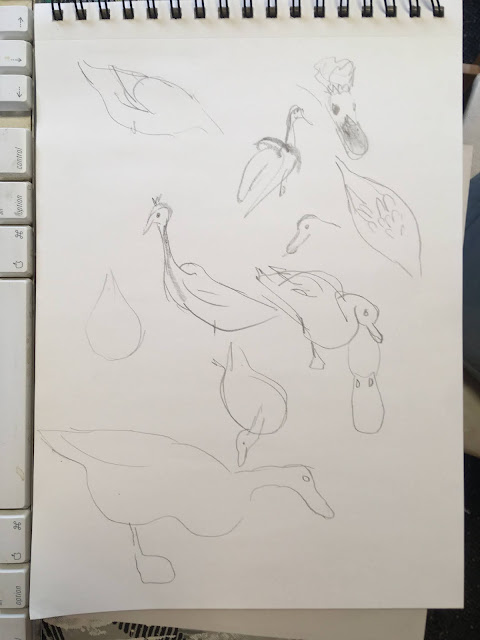A
nature journal is a collection of drawings from observation in nature:
Get a sketch book and some drawing tools and take them with you when you go to the woods or the beach. Draw what interests you, and take notes.
Drawing in nature can help you to understand how plants and animals are put together, and also help you to really see and remember. I usually combine nature drawing with photos, so if I decide to do a larger drawing or painting in the studio I have plenty of reference material.
A page in your nature sketchbook doesn’t have to be a pretty, finished drawing. It’s a practical tool and it can help you learn new things. Add some metadata to your page, like the date, the weather; note the size, the color, the habitat or the smell. What does it feel like? Where did you find it? Add questions that you want to look up later.
Here are different ideas and methods that you can use in your nature journal.
- Draw one item in nature from a few different angles.
- Take a plant apart and draw all the parts as a diagram.
- Draw a sketch of the whole landscape first, then zoom in on a detail.
- Draw quick gesture sketches of animals that are nearby.
- You can include poems or personal memories to your sketchbook.
- Collect from nature (nuts, seed pods, leaves) to take home to study in detail: This is a great technique when you can’t work outdoors (like in winter). Arrange and draw these collected items in your sketchbook.


Comments
Post a Comment